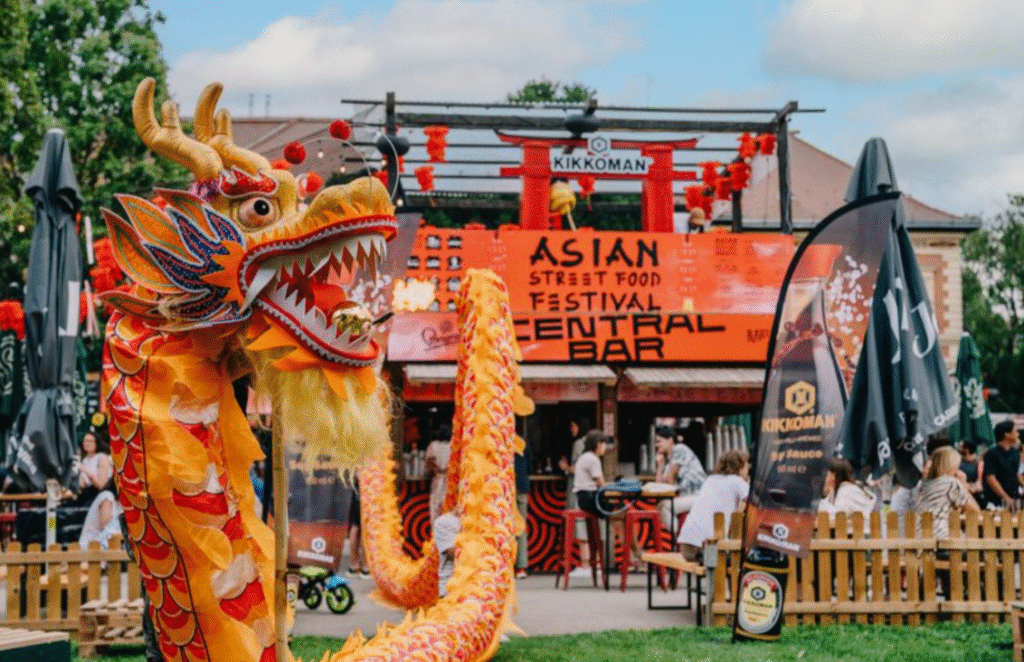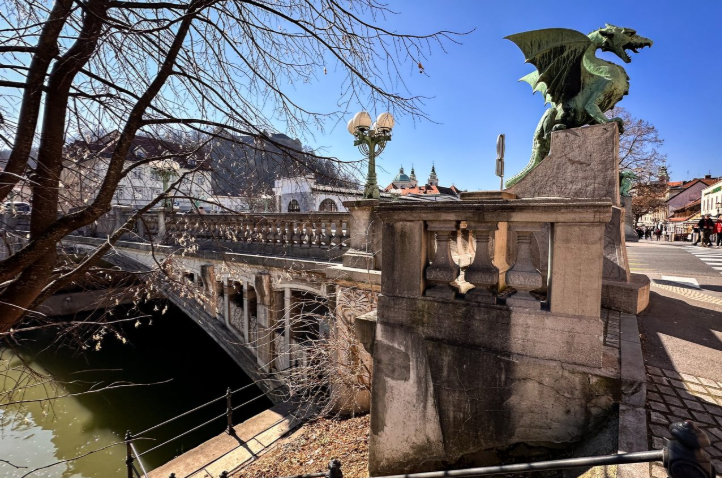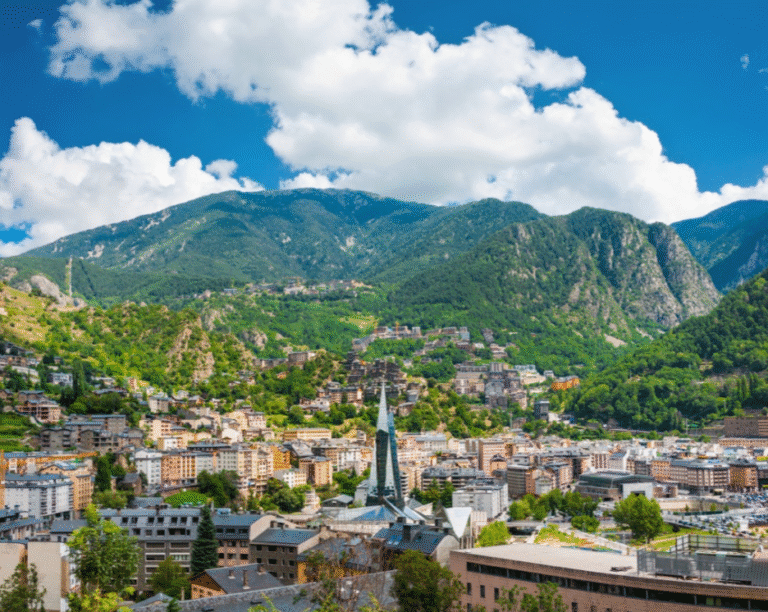Zagreb’s Secret Corners: Austro-Hungarian Elegance Meets Balkan Spirit
Zagreb, the capital of Croatia, is a city where old-world charm and vibrant Balkan energy create an unforgettable atmosphere. Often overlooked in favor of Croatia’s dazzling coastline, Zagreb is a treasure trove of history, culture, and architectural beauty. With its grand Austro-Hungarian buildings, winding medieval streets, and lively squares, the city seamlessly blends refined European elegance with the warmth and passion of the Balkans. The heart of Zagreb beats in its hidden courtyards, bustling markets, and intimate cafés, where locals gather to share stories and traditions. Whether strolling through the cobblestone alleys of the Upper Town, exploring its eclectic museums, or indulging in its thriving coffee culture, visitors will discover a city that thrives on contrasts, surprises, and a deep appreciation for its past and future. Zagreb is a place where every corner holds a story, and every encounter feels like a step into the soul of Croatia.

The Elegance of the Upper and Lower Towns: History and Architecture
Zagreb is a city of two halves—the Upper Town (Gornji Grad) and the Lower Town (Donji Grad), each with its own distinct character. The Upper Town, perched on a hill, is the historical heart of the city, where medieval churches, red-roofed houses, and hidden courtyards create an atmosphere of timeless beauty. The cobbled streets wind their way through a maze of Baroque and Gothic architecture, leading to some of Zagreb’s most iconic landmarks.
At the center of the Upper Town is St. Mark’s Square, home to the striking St. Mark’s Church, whose colorful tiled roof depicts the medieval coat of arms of Croatia, Dalmatia, and Slavonia. The church’s intricate Gothic portal and vibrant frescoes inside make it a must-visit. Nearby, the Croatian Parliament (Sabor) and the Banski Dvori, the official residence of the Prime Minister, add to the square’s political and historical significance.
For panoramic views of the city, visitors can climb the Lotrščak Tower, which once guarded the city’s southern entrance. Every day at noon, the tower’s cannon fires a loud shot—a tradition dating back to the 19th century that continues to mark time for Zagrebians. Another scenic spot is the Strossmayer Promenade, a romantic walkway lined with chestnut trees and artists’ stalls, offering stunning views over the Lower Town.
Descending into the Lower Town, the atmosphere shifts to one of refined Austro-Hungarian elegance. This part of the city is characterized by grand boulevards, neo-classical facades, and beautifully manicured parks. Ban Jelačić Square, the city’s main square, is a bustling hub where locals meet, shop, and relax. The square is framed by historic buildings, with a statue of Josip Jelačić, Croatia’s national hero, at its center.
The Lower Town’s Green Horseshoe, a series of interconnected parks and squares, offers a tranquil escape amidst the city’s urban energy. The grandiose Croatian National Theatre, with its golden facade, is a masterpiece of neo-Baroque architecture and a cultural cornerstone where opera, ballet, and drama performances captivate audiences. The Art Pavilion and the Mimara Museum, housing impressive art collections, add to the district’s artistic prestige.
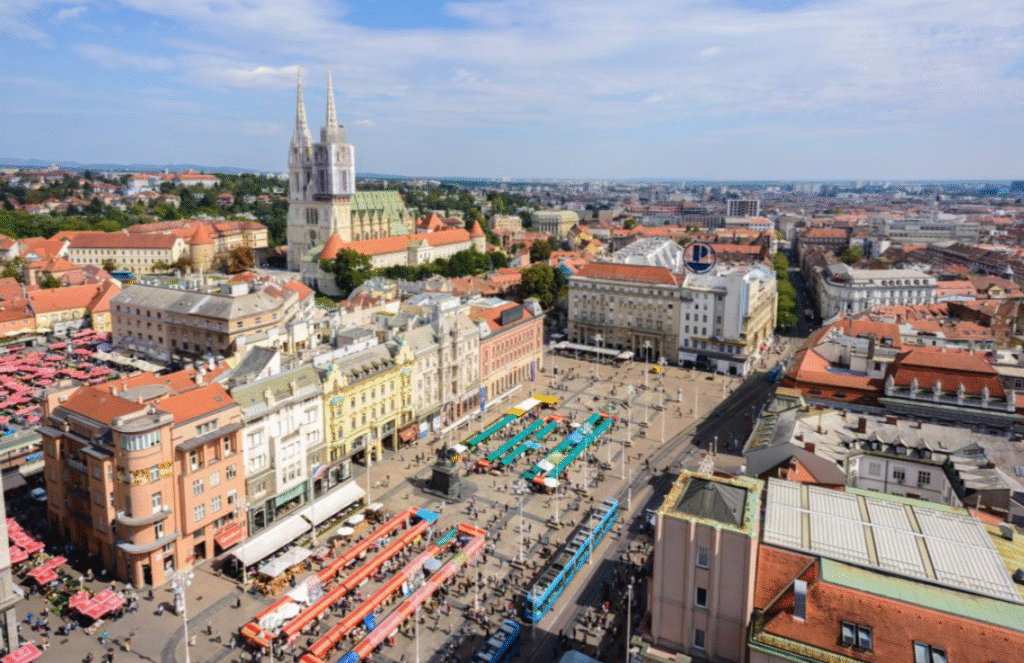
Hidden Corners and Secret Passages: Unveiling Zagreb’s Soul
Beyond its main landmarks, Zagreb is a city of hidden gems, where secret courtyards, narrow alleys, and tucked-away cafés reveal the city’s true soul. The Dolac Market, often referred to as the “belly of Zagreb,” is a vibrant open-air market where farmers from across Croatia sell fresh produce, cheese, and handmade delicacies. The sight of red umbrellas shading the stalls, the aroma of locally grown herbs, and the cheerful chatter of vendors create an experience that feels deeply authentic.
One of the most intriguing hidden spots is the Stone Gate (Kamenita Vrata), a medieval passageway that houses a small chapel dedicated to the Virgin Mary. Legend has it that during a fire in the 18th century, a painting of the Virgin Mary miraculously survived, and to this day, locals light candles and say prayers here, making it one of the city’s most revered spiritual sites.
The Grič Tunnel, a World War II-era underground passage, has been transformed into a cultural space, hosting art exhibitions and immersive installations. Walking through this tunnel offers a fascinating perspective on Zagreb’s wartime history and its ability to repurpose the past for contemporary creativity.
For those seeking a quirky and offbeat experience, the Museum of Broken Relationships provides a thought-provoking look at love and loss through personal objects donated by people from around the world. Each exhibit tells a deeply personal story, making it one of the most unique museums in Europe.
The city’s coffee culture is another hidden gem, deeply embedded in daily life. Zagreb’s cafés are not just places to grab a quick espresso; they are social institutions where people gather to converse, debate, and unwind. From historic cafés like Café Kavkaz to modern specialty coffee shops, the ritual of sjediti na kavi (sitting for coffee) is an essential part of experiencing Zagreb’s relaxed, communal lifestyle.
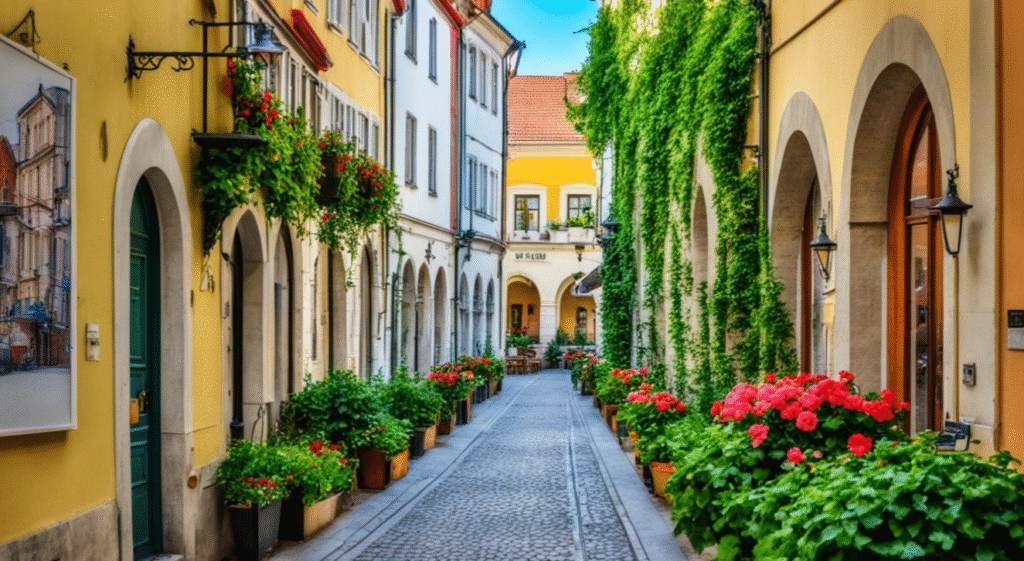
Zagreb’s Balkan Spirit: Traditions, Festivals, and Gastronomy
While Zagreb’s architecture reflects its Austro-Hungarian past, its spirit is undeniably Balkan. This is evident in the city’s lively festivals, traditional music, and hearty cuisine. Throughout the year, Zagreb hosts a range of cultural events that bring its streets to life. The Zagreb Advent, frequently ranked among the best Christmas markets in Europe, transforms the city into a winter wonderland with twinkling lights, festive stalls, and open-air ice skating. The INmusic Festival, held on the shores of Lake Jarun, attracts international music acts and showcases the city’s modern, youthful energy.
Food is an essential part of Zagreb’s identity, offering a mix of Central European refinement and Balkan heartiness. Traditional dishes like štrukli (cheese-filled pastry), purica s mlincima (roast turkey with flatbread), and čevapi (grilled minced meat) are best enjoyed in rustic taverns known as konobas. Tkalčićeva Street, a lively pedestrian zone lined with restaurants and bars, is the perfect place to indulge in Zagreb’s culinary delights while soaking in the city’s vibrant atmosphere.
For a taste of Zagreb’s nightlife, the city’s bars range from historic taverns serving homemade rakija (fruit brandy) to trendy rooftop lounges with panoramic views. The Medvedgrad Brewery, one of the city’s oldest craft beer establishments, offers locally brewed lagers and stouts, providing a refreshing way to toast to the Zagreb experience.
Zagreb’s warm hospitality and deep-rooted traditions make it a city where visitors quickly feel at home. The blend of European sophistication and Balkan spontaneity creates an atmosphere that is both inviting and exhilarating, offering endless opportunities for discovery.
Zagreb is a city that defies expectations, offering an experience that is as rich as it is intimate. Its blend of Austro-Hungarian elegance and Balkan vitality creates a unique cultural landscape where history and modernity coexist harmoniously. From the stately avenues of the Lower Town to the medieval passageways of the Upper Town, from hidden courtyards to lively markets, Zagreb is a place of constant discovery. Whether sipping coffee in a sun-drenched square, listening to the echoes of a street musician, or exploring its vibrant arts scene, visitors will find that Zagreb is not just a destination—it is a feeling, a rhythm, and a celebration of life in all its forms. For those seeking an authentic European experience away from the tourist crowds, Zagreb stands as a hidden gem waiting to be explored.
